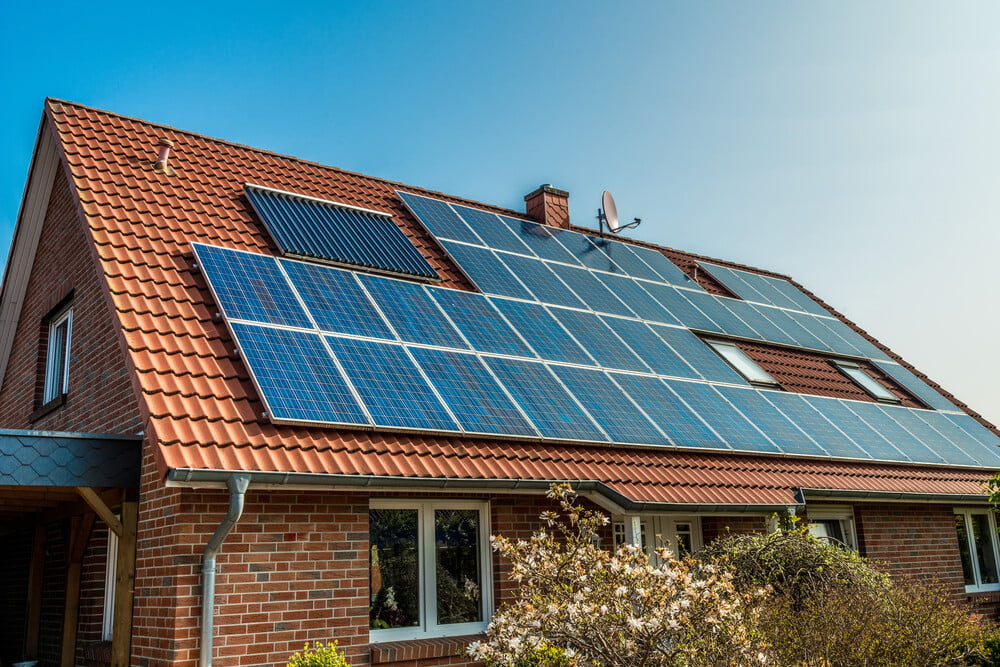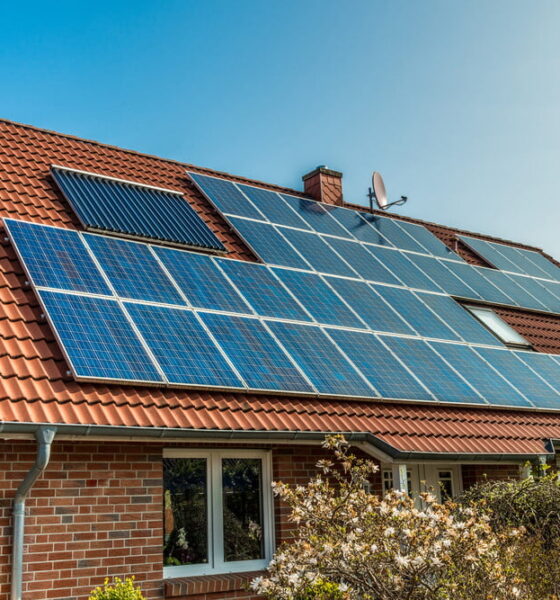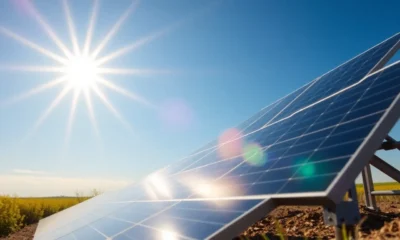

Energy
What Is Involved in Solar Panel Installation?
Are you thinking of adding solar power to your home?
Solar power is gaining in popularity, with more than 2 million solar panel installations in the US. They can bring you savings on your energy bills and energy independence. Not only this, but solar energy is a sustainable, infinite resource.
But the installation process has to go right if you want the best results. There are many considerations. If you’re new to solar energy, you might not know what the process involves or how to install solar panels.
Don’t worry, we’re here to help! Read on for this guide on what to expect during a solar panel installation.
The Engineering Site Visit
Before any installation can go forward, an engineer will come to your property. They’re looking to work out the status of your home’s electricity system. It needs to be compatible with the new solar system you want.
Usually, the engineer will work for your installer. It’s not unusual though, for an installer to hire an individual engineer for an inspection. Either way, your engineer will visit soon after you sign the contract with your installer.
While inspecting the building, the engineer will check your roof to make sure the structure is ok. They also look at your electrical panel to see if it’s up to spec, or if you need an upgrade and assess whether your building is suitable for installation.
This usually happens before you’ve signed the contract. Sometimes, an engineer can go along on the site visit. Or in some cases, the installer can take photos and take the measurements for the engineer. If they’re happy with the results, they might sign off without needing to visit.
Getting the Permits & Documents Right
There’s a lot of paperwork involved in installing solar panels. The good thing is, most of it the installer will handle it. Don’t get complacent though, it’s a good idea to know what’s going on.
One thing to be aware of is you’ll be applying for federal and state solar energy incentives. Things like the federal ITC and other clean energy initiatives. There are government rebates too, as well as SRECs (solar renewable energy certificates).
On top of this, there are building permits to fill out. These will depend on the area and state you live in. For example, some states allow you to cover your entire roof with solar panels. In other states, you must leave 3ft of clear space around the panels.
It’s always better to go with the best solar panel installation company in your area. Like Blue Raven Solar (if you’re in the Texas area).
You’ll get expert knowledge on local requirements and what permits you need. To start finding local companies, type ‘solar panel installation near me’ in Google. You’ll find all your local solar panel installation companies that you can go through and vet.
As your installer will fill in most of it for you, the time it takes depends on how quick they fill the forms and file them. If you’re eager to get this step done and dusted, stay on top of your installer.
Ordering Equipment & Scheduling Installation
With the paperwork in order, the installer can order your equipment. You will have decided on the unit and parts you need before signing your contract.
The two main components to choose are your solar panels and the inverters. Your installer likely has a certain brand they would recommend, as well as a few alternatives. Most homeowners consider these things when making their choice:
- Efficiency
- Durability
- Aesthetics
- Cost
It’s work taking the time to research microinverters, string inverters, and power optimizers. Also, take a look at what solar panels are best rated. This will help you make the right choice of equipment for your needs.
Once you confirm you’re happy and the order’s made, your installer will add you to their jobs list. Your equipment will likely arrive on the day of your installation. This can happen whenever you get your paperwork, but usually, it takes within 1-2 months.
When your installation will be also depends on how busy your installer is. If you’re looking for a quick installation, a tip is to get your solar panels in winter. The solar companies won’t be as busy out of season.
Installation Day
The installation is where all the hard work and patience finally pay off. Your installer starts by preparing the roof, making sure all your shingles are secure. Then they’ll lay the electrical wiring that will connect to your power system.
The next job after that is building the racking which is what supports each panel. With that secured, level, and safe, they can start placing the panels into position.
The last job is to connect your inverters to your panels. They will convert DC (direct current) into AC (alternating current) energy. This is the energy that homes that connect to the grid use.
The timeline for how long the installation takes depends on the size of the system. But, you can usually expect between 1-3 days for the full installation. If you need a power meter to allow net metering, this could add a few hours to the installation.
Seal of Approval
The last step is turning the solar unit on, so you can start generating power. Before you can do this though, a local government rep will need to do a system inspection. They need to give it the seal of approval and sign it off for use.
This inspection is to verify your installer did the installation right. It will check:
- electrical wiring is correct
- mounting racking is secure and safe
- it meets electrical safety standards
- it adheres to roof setback codes
Once approved, you’re ready for grid interconnection. Someone from your utility company will come and do their own appraisal of the unit.
As soon as they approve, your unit will go live on the grid. By way of timescales, you should expect between 2-4 weeks for this stage of the process.
Solar Panel Installation: Final Thoughts
So, there you have it! Now you know what to expect from a solar panel installation you can decide if it’s right for you.
Your solar panel installation can’t happen overnight. It shouldn’t be a decision you make on a whim either. You’re looking at the process taking anything from 1-3 months on average.
While your installer handles most of it, there’s a lot of red tape and box-ticking you’ll need to keep on top of too. You’re going to need to coordinate with your installer and be on top of communication.
The payoffs are huge though. You could offset up to 95% of your energy usage by going solar. And on average, it only takes 8 years of savings to pay off your solar panel installation cost. Solar panels are well worth the time and the investment in our book.
If you found this article useful, be sure to check out our other blog posts today!


 Environment10 months ago
Environment10 months agoAre Polymer Banknotes: an Eco-Friendly Trend or a Groundswell?

 Environment11 months ago
Environment11 months agoEco-Friendly Home Improvements: Top 7 Upgrades for 2025

 Features9 months ago
Features9 months agoEco-Friendly Cryptocurrencies: Sustainable Investment Choices

 Features10 months ago
Features10 months agoEco-Friendly Crypto Traders Must Find the Right Exchange





























